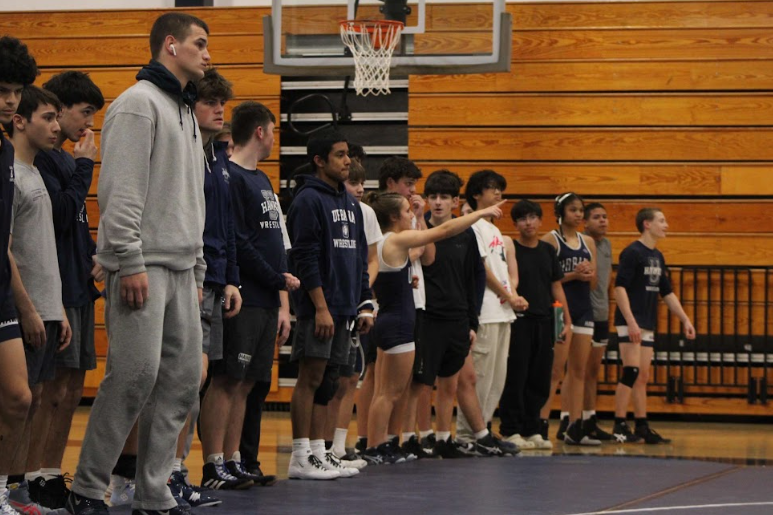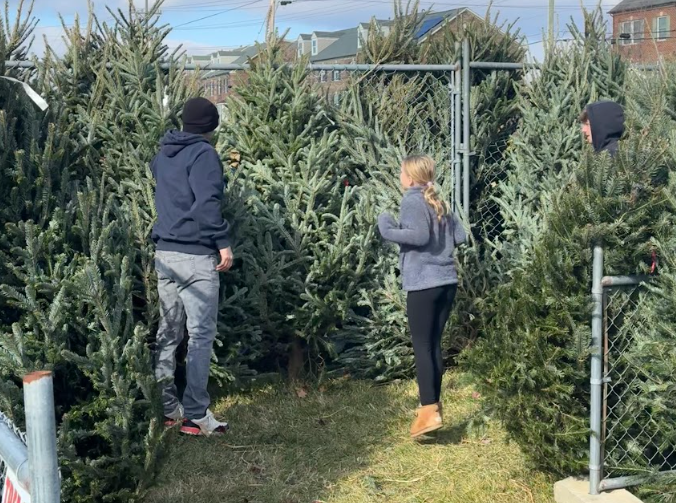We should eat out tonight: How businesses are surviving today’s food industry
October 29, 2020
Our appetites have not changed, but indoor seating capacity definitely has.
In a world where people have to stand 6 feet apart from each other, one facet of our daily lives that is affected the most is our eating habits. Out of all the industries in our economy, the food industry is probably one of the types of businesses that is feeling the effects of the pandemic the most.
Restaurants across the country are struggling to keep their doors open because of numbers of people going out to eat. And it’s not that people are not eating out, it’s that the numbers, compared
to what they were before Covid, are not enough to sustain these businesses that are so used to packed crowds coming in and out of their restaurants.
Statistics put out by the National Restaurant Association have not given any hopeful signs for how businesses are dealing with this new post-Covid restaurant world. Nearly 10,000 restaurants have closed due to conditions from the pandemic, about 3,000,000 employees are still out of work, and consumer spending is down 34%. It’s gonna take more than just a trip to McDonalds to bring these levels back to normal.
And it’s hard to get people out eating when there is a pandemic going on. Izzy Lowery, UHS senior, told me about how her eating habits have changed. “I’ve been eating out less.” she commented adding, “I’ve been saving a lot of money on takeout thought.” Cases are different for different people however. Guillermo Munoz, UHS freshman, when asked about his eating schedule said, “I order food at least twice a week.” This make us at least a bit hopeful about
keeping the delivery business alive.
A staple of fine dining in Frederick has joined the list of casualties in the Coronavirus era. Volt, owned by Bryan Voltagio, who appeared on the popular show “Top Chef”, closed down in the middle of the pandemic, a sign that restaurants are gonna be suffering some major setbacks under new corona law.
I asked Morgan Cleary, a UHS senior who works at the Buzz in Monrovia, whether they have felt the effects of the virus, to which he responded, “the Buzz is definitely doing better than other places but it’s not close to the same as before Corona.”
Fortunately, Maryland government officials realize the place the businesses have been put in and are passing laws and orders that will work to build our food industry back up to the place it was at before all the craziness happened this year. Food businesses in the state have had their indoor capacity raised to 75%, allowing for bigger crowds inside and more revenue for the restaurants seating them. Along with this, money is being given to restaurants in order to help them pay for equipment, like heaters and tents, that can be used to build outside dining areas. Plans are being put into action and resources are being used in order to ensure the survival of local businesses.
A QSR exclusive study, done in May, predicted that the future of food would lead to a slight growth in home cooked meals after lockdowns ceased, about 4%, and although the number seems small, it would lead to a huge hit on the market and the people with jobs in it. Millions of people’s
livelihoods rely on us choosing to go out and eat food, whether it be inside at a table with a maximum of 5 other people or outside at a fold-out table with a makeshift tent keeping us from getting rained. All these reasons make it even more important that we get lazy for a night, pull out our wallets, and order a burger from your local Shake Shack.
Citations:
https://www.qsrmagazine.com/finance/100000-restaurant-closures-expected-2020



































